The Middle East’s economic prowess continues to captivate global attention as the region undergoes a transformative phase in its trade and investment landscape. Recent trends and pivotal deals are reshaping traditional dynamics, opening new avenues, and fostering international partnerships.
Among the GCC economies, the sharp fall in oil prices during the pandemic further highlighted the need for diversification away from oil. Since 2021, non-oil GDP has made an increasingly important contribution to the aggregate output, particularly in the UAE and Saudi Arabia. In recent periods, non-oil GDP growth among GCC countries has also outpaced growth in advanced economies.
“In the UAE, this uptick in non-oil GDP was, in part, structural, with a large population influx on the back of economic and visa reforms, and part cyclical, with the return of tourism to more normal levels,” said Khatija Haque, Chief Economist and Head of Research at Emirates NBD. “Recent structural reforms have also arguably made the UAE more attractive to investors, with foreign direct investment (FDI) inflows sharply higher than in other GCC countries.”
Non-oil sectors that saw the most robust growth in Dubai included transport, logistics, accommodation, and food services. In contrast, in Abu Dhabi, the construction, financial services, and transport and storage sectors saw a robust pace of growth.
In the UAE, these plans are formalised across several initiatives. The Dubai Economic Agenda D33 sets out the emirate’s plans to double the size of the economy, increase foreign direct investment to reach a total of Dh650 billion and grow foreign trade to Dh25.6 billion by 2033. Operation 300bn is a 10-year strategy to expand the industrial sector’s contribution from Dh133 billion to Dh300 billion by 2031, prioritising the development of key high-tech manufacturing sub-sectors, including food and beverage and pharmaceuticals. Similarly, the Abu Dhabi Economics Vision 2030 initiative formalises the emirate’s plans to transition to a more “knowledge-based” economy. In the long term, the UAE Energy Strategy 2050 provides a roadmap for the transition to achieve net zero by 2050.

Diversification efforts in GCC
The growth of non-oil sectors in KSA has benefited from the large infrastructure projects currently underway, including NEOM, and the continued development of domestic tourism projects. The Kingdom has also set various goals for transforming its economy in its Vision 2030 plan. These include increasing FDI to 5.7% of GDP from 3.8%, raising the share of non-oil exports in non-oil GDP to 50% from 16%, and significantly expanding the Saudi tourism sector, targeting 150m annual tourist trips (including domestic tourism) by 2030.
In Qatar, non-oil activities were almost stable during the past year, except for the beginning of the year when we witnessed a contraction. According to the December PMI report from S&P Global and the Qatar Financial Centre, financial services activities are leading growth in non-energy sectors.
“The region is also attracting major global sports events, enhancing its global visibility and economic diversification,” explained Sharaz Hussain, Co-founder and Managing Director of EightClouds Private Equity. “The announcement of the FIFA World Cup 2034 to be held in KSA, following Qatar’s successful 2022 edition, and Saudi Arabia’s potential investment in the Indian Premier League, exemplify this strategy.”
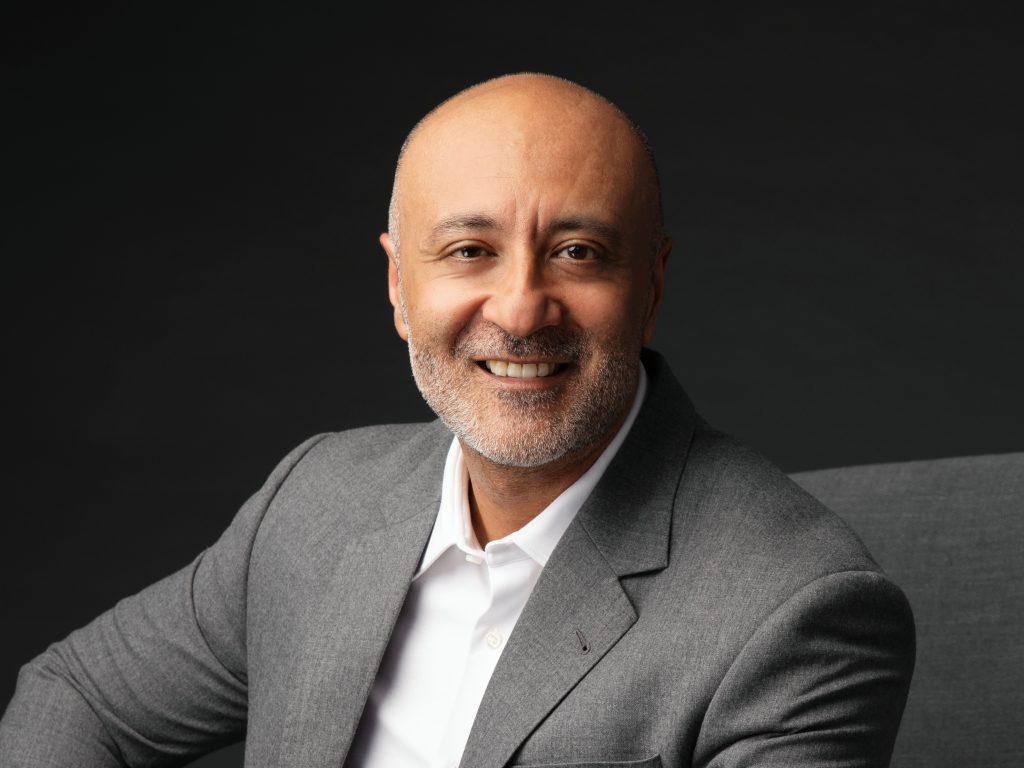
Additionally, a 2nd F1 circuit in KSA – while UAE, Bahrain, Qatar, and KSA already host a Grand Prix, and the potential merger of the PIF-backed LIV Tour golf tour with the PGA underpin this sports-driven economic diversification. In the recently viral emergence of padel sports, Qatar Sports Investments (QSI), owner of Paris Saint-Germain (PSG) football club, plans to merge its padel competition circuit with rival World Padel Tour, creating a global professional tour for the sport.

“The Middle East has risen as an increasingly alluring haven for FDI, with diverse sectors experiencing a pronounced influx of foreign capital,” said Ruggero Catalano Rossi Danielli – Co-Founder of OverviewFX. “The strategic geographical positioning of the Middle East, coupled with ambitious development projects, positions the region as a hotspot for investors seeking lucrative returns and long-term sustainability in a dynamic global marketplace.”

Regional snapshot
● UAE: The UAE is blazing a trail in renewable energy, particularly solar, with a visionary target of 50% renewable electricity generation by 2050. Beyond sunbeams, Dubai’s financial prowess shines in its hefty investments in fintech, AI, and real estate sectors, solidifying its position as a diversified economic powerhouse.
● Saudi Arabia: Saudi Arabia is aggressively pursuing renewable energy goals, aiming for 50% clean power generation by 2030. The Tabuk region’s futuristic “The Line” megaproject is attracting global investment, while strategic expansions in the entertainment and sports sectors amplify the allure of tourism.
● Qatar: While aiming for 20% renewable electricity by 2030, Qatar continues to invest heavily in its natural gas prowess. Its strategic partnerships and global LNG operations solidify its position as a key energy player in the evolving landscape.
● Bahrain: Tourism takes centre stage in Bahrain’s diversification game. Infrastructure investments and captivating events lure visitors, transforming the island nation into a vibrant tourist destination.
● Oman: Manufacturing muscles are coming onto Oman’s diversification agenda. The country aims to become a regional manufacturing hub by offering lucrative incentives and investing in infrastructure, attracting major players across various industries.
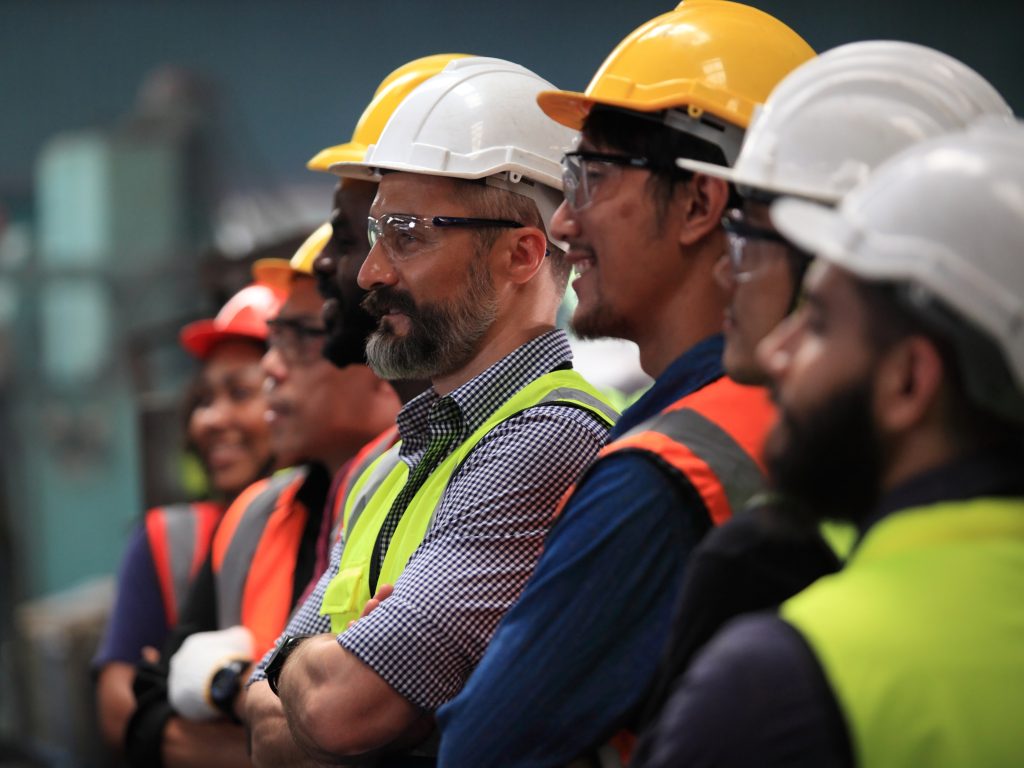
Trade flows
Countries across the Middle East, particularly those in the Gulf Cooperation Council (GCC), have actively pursued and finalised numerous free trade agreements (FTAs) with various nations and economic blocs. According to Rima Mrad, Partner at BSA Ahmad Bin Hezeem & Associates LLP, the primary goal is to bolster trade relations, reduce tariffs, eliminate trade barriers, and enhance local exports.
A significant development is the recent inclusion of Saudi Arabia and the UAE into BRICS as of January 2024. This move is seen as a major economic development expected to catalyse trade between KSA and the UAE on one side and the BRICS countries on the other
For instance, the GCC has established FTAs with countries like Singapore, the European Free Trade Association (EFTA), Malaysia, and other Arab nations. Legally, these agreements streamline import/export processes, waive taxes and customs duties, and facilitate smoother trade between nations. They often serve as a starting point for broader cooperation, fostering the exchange of knowledge and deepening engagement between private sectors, contributing to long-term cooperation that strengthens overall political and economic relations.
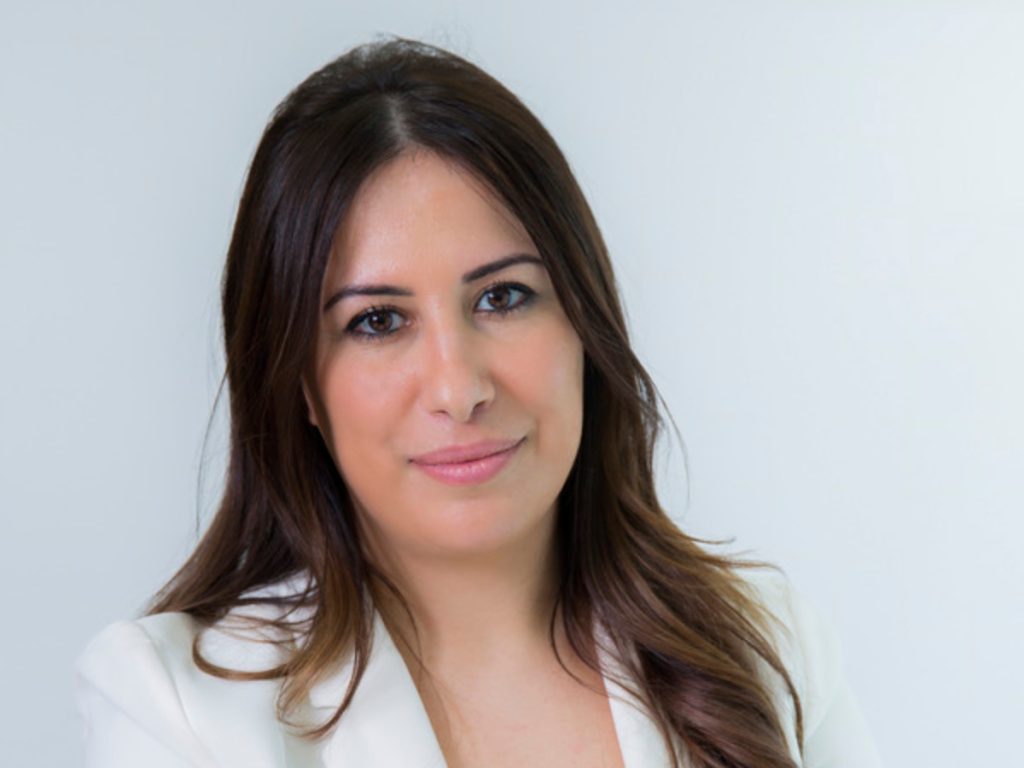
The recent surge in trade agreements in the Middle East has reshaped the region’s economic landscape and strengthened its global ties. These agreements are more than economic tools; they signify a broader strategy for building connections across continents and cultures.
Taking the UAE as an example, the nation’s Comprehensive Economic Partnership Agreement (CEPA) program stands out as a landmark initiative. With 10 CEPAs concluded and more in progress, the program is projected to boost exports by 33% and contribute over Dh153 billion to the national GDP by 2031. The UAE has successfully signed CEPAs with diverse nations like Cambodia and Georgia and implemented agreements with major economies such as India, Turkey, and Indonesia. Initiating CEPA discussions with countries across five continents, including Serbia, Ukraine, and Australia, underscores the UAE’s commitment to fostering a diverse and inclusive trade network.
FDI inflows into the Middle East
FDI has been at the heart of GCC countries’ economic vision to grow their economies and diversify away from oil and gas, remarked Haque. Within Dubai, FDI is the cornerstone of the D33 Economic agenda in efforts to stimulate economic growth through capital accumulation, job creation, and the adoption of new technologies. As part of the strategy, Dubai aims to attract an average FDI inflow of Dh650 billion over the next decade. In alignment with these D33 objectives, FDI inflows have improved since the Covid-era lows of 2020 and 2021. FDI increased by 80% y-o-y from Dh26.1 billion in 2021 to Dh47 billion in 2022. In the first half of 2023, Dubai attracted Dh21 billion in FDI, according to data released by DubaiFDI.
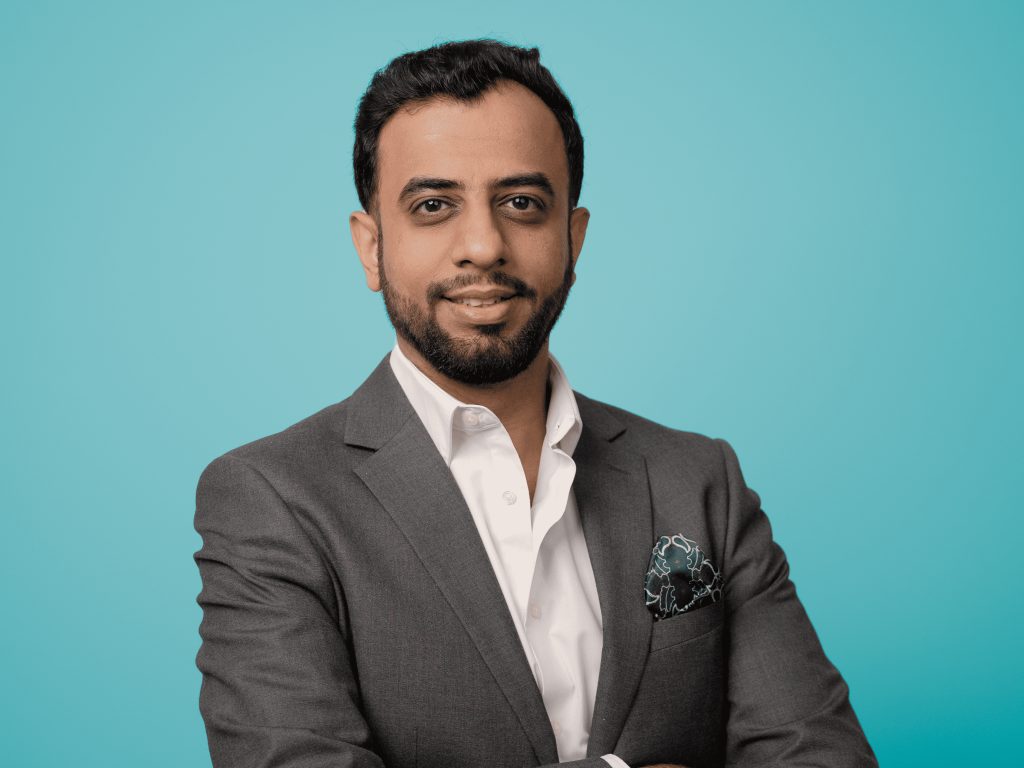
According to Vikas Lakhwani, Chief Revenue Officer, CPT Markets, the Middle East and African countries are experiencing a significant surge in Foreign Direct Investment (FDI). In 2021 alone, there was an impressive 97% increase in greenfield projects, reaching 1,419.
Qatar has also maintained its advanced position among investment destinations, said Samer Hasn, Market Analyst and part of the Research Team at XS.com. “It [Qatar] achieved a 70% growth in foreign direct investment projects between 2019 and 2022,” said Hasn. “Also, during the year 2022, Qatar was able to attract about $30 billion in foreign investments, which were focused on sectors, most notably oil and gas, information technology, business services, equipment and vehicle parts manufacturing, and others, through more than 800 new facilities that have been licensed.”
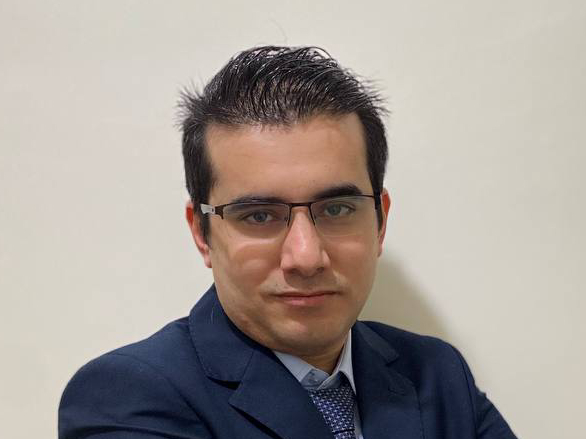
Geopolitical scene
According to the BlackRock Investment Institute, geopolitical tensions in Middle East skies might be turbulent with geopolitical headwinds, with cascading crises like regional war, Ukraine’s turmoil, and US-China tensions swirling in the air. Uncertainty, volatility, and fragility might be the buzzwords, but the picture isn’t entirely bleak.
Amidst these uncertainties, there is a silver lining in the MENA region, said Lakhwani. “Investors are finding that the region offers stability and a business-friendly environment, making it a potential safe haven,” he said. The World Bank’s Global Investment Competitiveness Report highlights investors’ value on political stability, macroeconomic soundness, and a welcoming regulatory framework, all of which MENA countries have been actively working on through reforms.
“While geopolitical tremors may cause temporary setbacks, MENA’s underlying strengths, such as supportive governments, stable economic foundations, and an improving business climate, provide a compelling counterpoint,” explained Lakhwani. “The region acknowledges its challenges but confidently presents its resilience and growth potential.”
So, is MENA a risk or a refuge? For savvy investors, it requires a balancing act. Recognising the geopolitical risks while appreciating the region’s inherent stability presents a unique opportunity to navigate volatility and potentially achieve promising returns. The key is to stay informed, identify the right entry point, and be open to MENA’s investment allure.